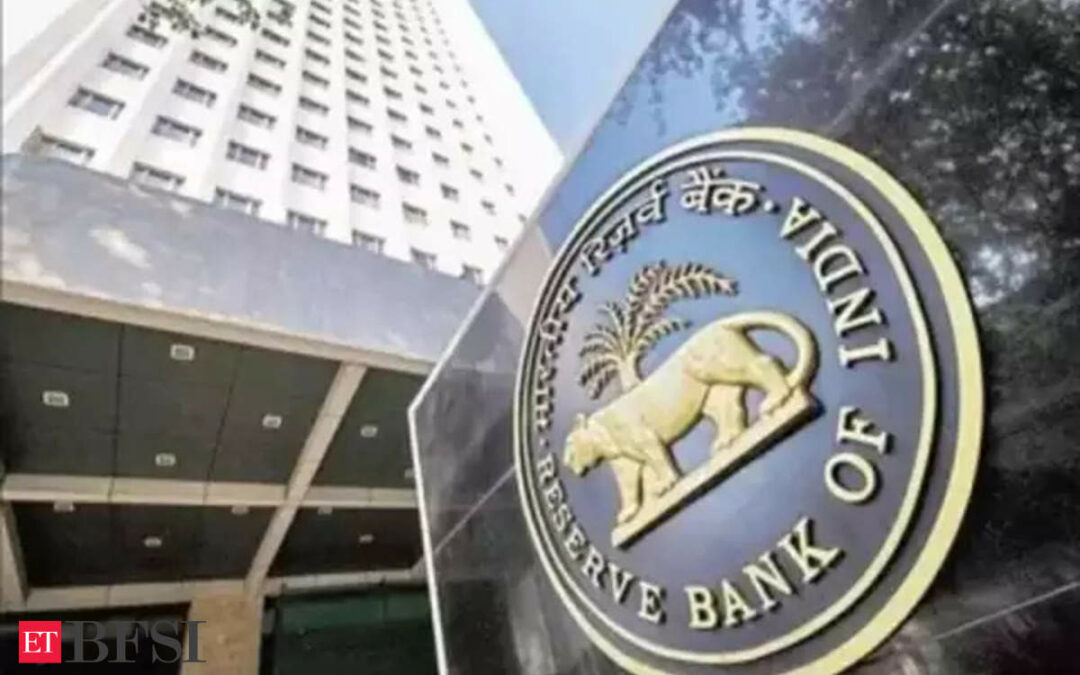Interest rate cut expectations may be building up but inflation is not coming to target anytime soon, which could delay cuts by the RBI, said Neeraj Gambhir, head-treasury and markets at Axis Bank. In an interview with Bhaskar Dutta, he said the rupee may appreciate a bit but the central bank may intervene with competitiveness in mind. Edited excerpts:
The domestic narrative is not how much more the RBI will raise rates but when the rate cuts will start. Which camp are you in?
What is creating the problem is the volatility in food prices and some of the other commodities. Our forecast for average inflation in FY25 is roughly 4.8%. You would see an 80-90 basis point average reduction in inflation next year. We could see some periods when inflation also goes closer to 4% or less than 4% during a part of the year. On an average basis, we will still not be at a level of inflation where the Reserve Bank can call it a victory. Therefore, there is a question mark whether we will have a rate cut this year.
What about the sharp decline in core inflation?
The RBI can potentially draw some comfort from core inflation and say that when core inflation is good, they can be a bit more relaxed but until the headline inflation comes to the level that it wants to, it is very difficult to say that they have won the war.
Even after cutting rates by 125 bps, the Fed will be at 4%, which is a fairly high level of interest rate for that economy. India hasn’t gone through that extreme case of rate hiking. We have reasonably good growth, and the expectation of growth next year is still fairly decent. There is no real reason and hurry to cut rates. There is no forecast that inflation will come down to target quickly.
Given that the transmission of RBI rate hikes is not yet complete, how has corporate borrowing fared?
In the league table across domestic and foreign currency borrowings, we are number two, up from 12 last year. So, a big jump for us. In general, a significant flow of transactions is happening. Clearly, one key factor is that MCLR (Marginal Cost of Funds-based Lending Rate) rates have lagged the repo rate. We are also at the peak of the rate cycle. Liquidity in the system is tight and that tightness has persisted, so effectively we are seeing a de-facto rate hike of 25 bps due to the fact that the overnight rate is now at the MSF (Marginal Standing Facility). But we haven’t seen that much of a transmission of this change into the lending rates.
Where is the demand coming from?
We are continuing to see demand from the infrastructure side. It is largely from roads and renewable energy. On the manufacturing side, we have passenger vehicles, chemicals, construction activity and refinancing for general corporate purposes. These are some of the dominant themes that we have seen in the syndicated loans market.
Does the prospect of large FPI flows due to index inclusion complicate matters for the RBI committed to withdrawing accommodation?
If you think about it, we are getting bond index inclusion at a time when the current account equation is also improving significantly. We are forecasting a current account deficit of 1.2% for next year, which is as good as it gets. Also, while debt flows happen, if the developed markets start cutting rates, that should also lead to a better year for flows into emerging market equities.
So what do you think RBI would do?
In a year when you have a reasonably good BoP surplus, you would expect the RBI to be intervening to take these flows in and add to the reserves. That, in turn, releases rupee liquidity. In a scenario where monetary policy stance is still one of withdrawing liquidity, they will have to sterilise these flows. So, my expectation is that OMO sales will happen only when the RBI is looking to sterilise foreign currency flows. You could potentially have that situation in the second or third quarter of 2024.
What is the probability of the RBI letting the currency appreciate?
I don’t expect them to allow a very sharp appreciation. There could be a seasonal appreciation of a little bit in this quarter because January-March is typically good for flows. We are also seeing dollar weakness to some extent. All EM currencies have appreciated. This period could see appreciation but over a slightly longer period, I don’t expect the RBI to allow the currency to appreciate too much. In fact, I would expect them to continue to be on a very mild depreciation path as we have been all along. If developed market inflation settles at around 2%, and we are at 4%, you would expect roughly 2% currency depreciation in a year just to make sure that competitiveness does not get impacted. If I think of 12 months ahead from now, it should be around 83.50-84/$1.
How will the debt capital markets shape up this year with regulatory actions on the NBFC and AIF segments?
Now with the higher capital charge, the cost of funding from banks will go up and probably to some extent, there will be a volume impact as well. NBFCs were anyway borrowing from the bond market – at least the AAA- and AA-rated NBFCs. The bond market has seen the exit of a large borrower, which has created space for more NBFCs and for investors to diversify their exposure.
The third thing is the RBI’s guidelines for the banks effective from April 1 – that you can start classifying some of the corporate bond holdings as HTM if you want. That could potentially open up some more demand from the banking system in terms of holding these papers. Overall, I see the next year seeing a sustained increase in the issuance activity.










